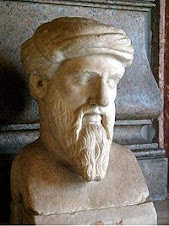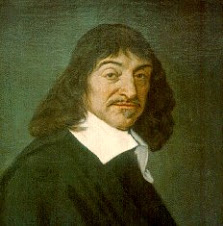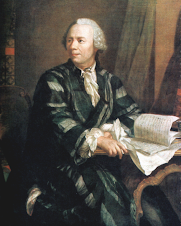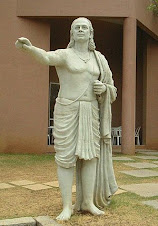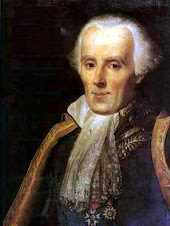FATHER OF MATHEMATICS
The Greek mathematician Euclid’s referred to as “THE FATHER OF GEOMETRY” is well known for his most famous work “ The Elements” which is a collection of geometrical theorems and “Euclidean theorem”.
EUCLID’S FAMOUS QUOTES:
“The laws of nature are but the mathematical thoughts of God”
“ There is no other Royal path which leads to geometry”.
THE ELEMENTS:
The Elements is divided into 13 books.
- The first 6 books deals with plane geometry.
- Books 7to 9 deals with number theory.
- Book 10 deals with the theory of irrational numbers .
- Books 11 to 13 deals with three-dimensional geometry .
Euclid's Elements is remarkable for the clarity with which the theorems are stated and proved.
EUCLID'S OTHER WORKS :
- ON DIVISION deals with plane geometry.
- The book DATA discusses plane geometry and contains propositions.
- PHAENOMENA is a work by what we call today as applied mathematics, concerning the geometry of spheres for use in astronomy.
- THE OPTICS, corrects the belief held at the time that the sun and other heavenly bodies are actually the size they appear to be to the eye.
- CONICS was a work on conic sections.
Euclid used an approach called the "synthetic approach" to present his theorems. Using this method, one progresses in a series of logical steps from the known to the unknown.
Euclid proved that it is impossible to find the "largest prime number," because if you take the largest known prime number, add 1 to the product of all the primes up to and including it, you will get another prime number. Euclid's proof for this theorem is generally accepted as one of the "classic" proofs because of its conciseness and clarity. Millions of prime numbers are known to exist, and more are being added by mathematicians and computer scientists.






